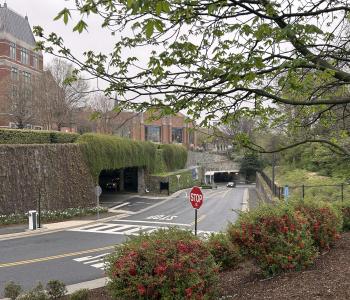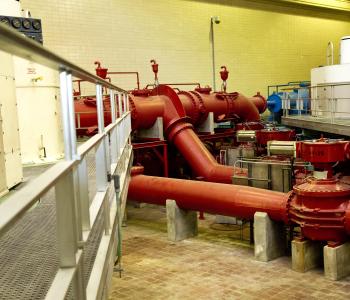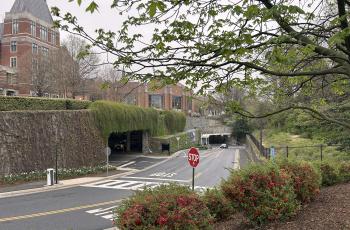Orthophosphate Update
The Washington Aqueduct continues to monitor the application of orthophosphate to the District’s drinking water supply that began on June 1, 2004 to the 4th High Pressure Zone in northwest DC.
There have been no reported problems from residents in the area. Orthophosphate works as a corrosion inhibitor that forms a protective coating inside of lead service line pipes and fixtures to prevent lead from leaching into drinking water.
Pending approval from the Environmental Protection Agency (EPA), the Washington Aqueduct projects the second phase of adding orthophosphate to the full water supply system will begin in August.
The first phase of the chemical treatment was employed by the Washington Aqueduct in a discrete area of the city to demonstrate the short-term affects of adding the chemical. This area, including its lead service line pipes, was selected because it is representative of the entire system.
The Technical Expert Working Group (TEWG), the D.C. Water and Sewer Authority (the distributor of water for the District), the Washington Aqueduct (which produces and treats the water), the D.C. Department of Health, and the EPA have continuously observed this process.
The District of Columbia Water and Sewer Authority (WASA) is a multi-jurisdictional regional utility that provides drinking water, wastewater collection and treatment to more than 500,000 residential commercial and governmental customers in the District of Columbia and also collects and treats wastewater for 1.6 million customers in Montgomery and Prince George’s Counties in Maryland, and Fairfax and Loudon Counties in Virginia.







